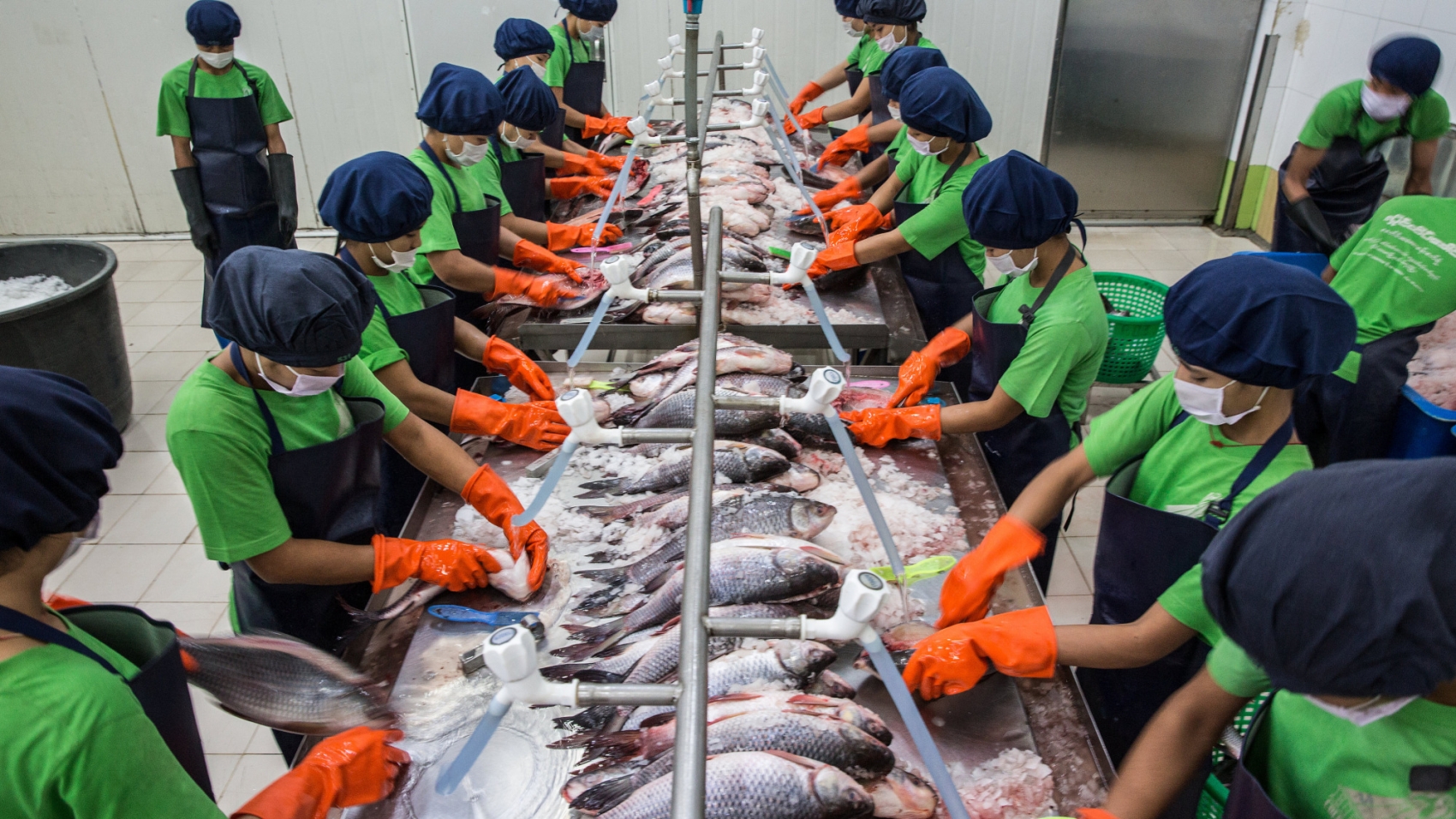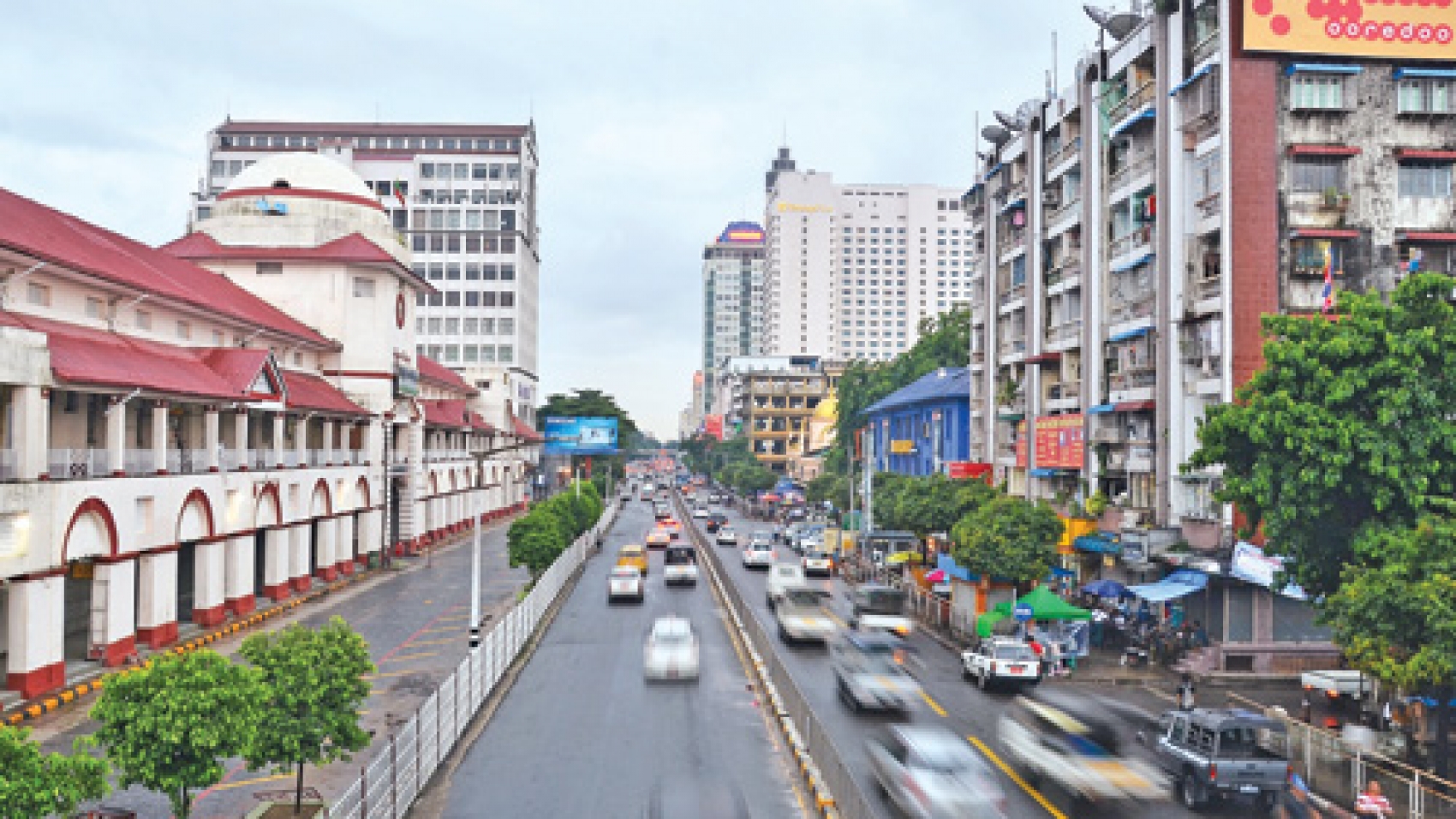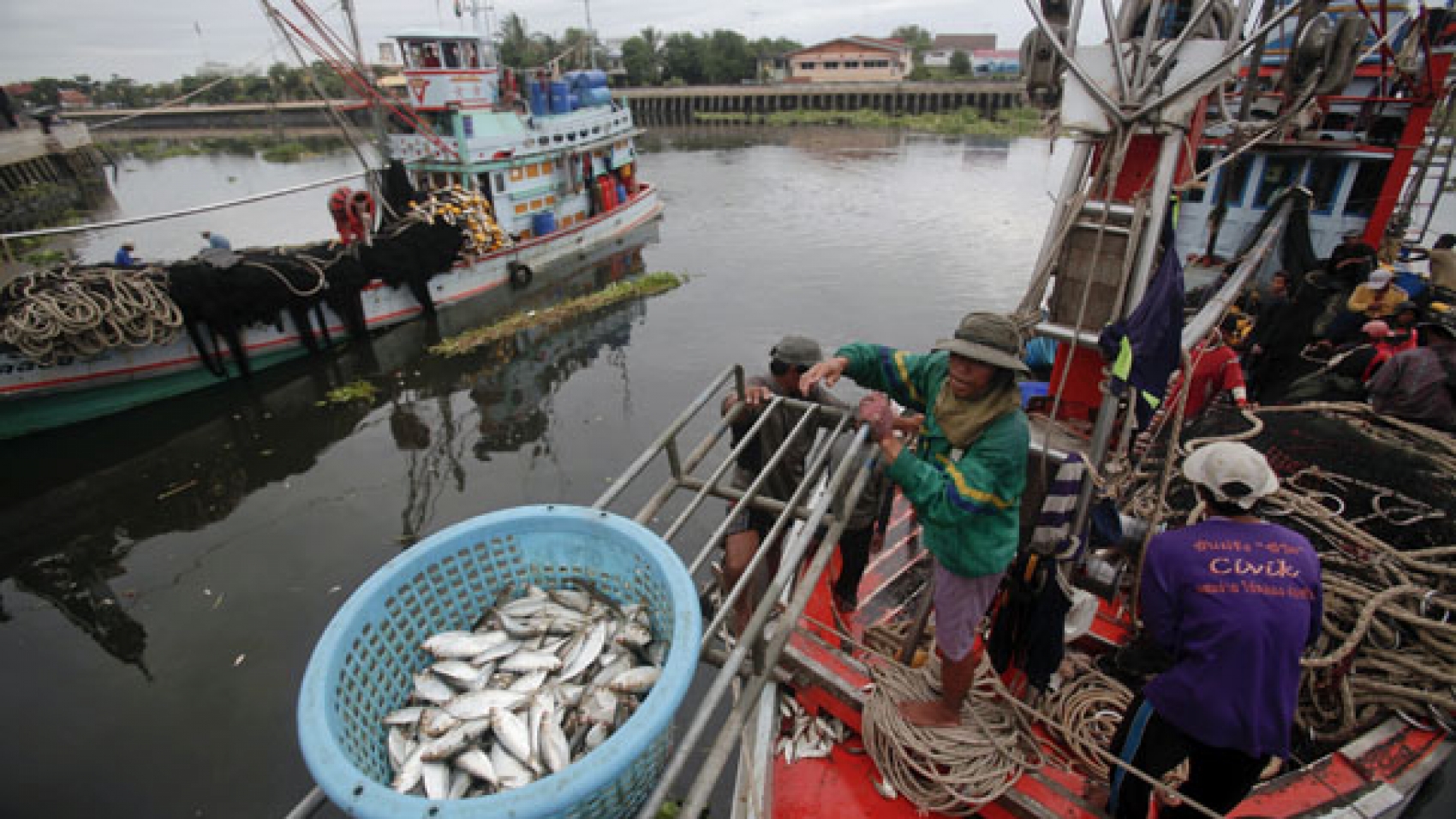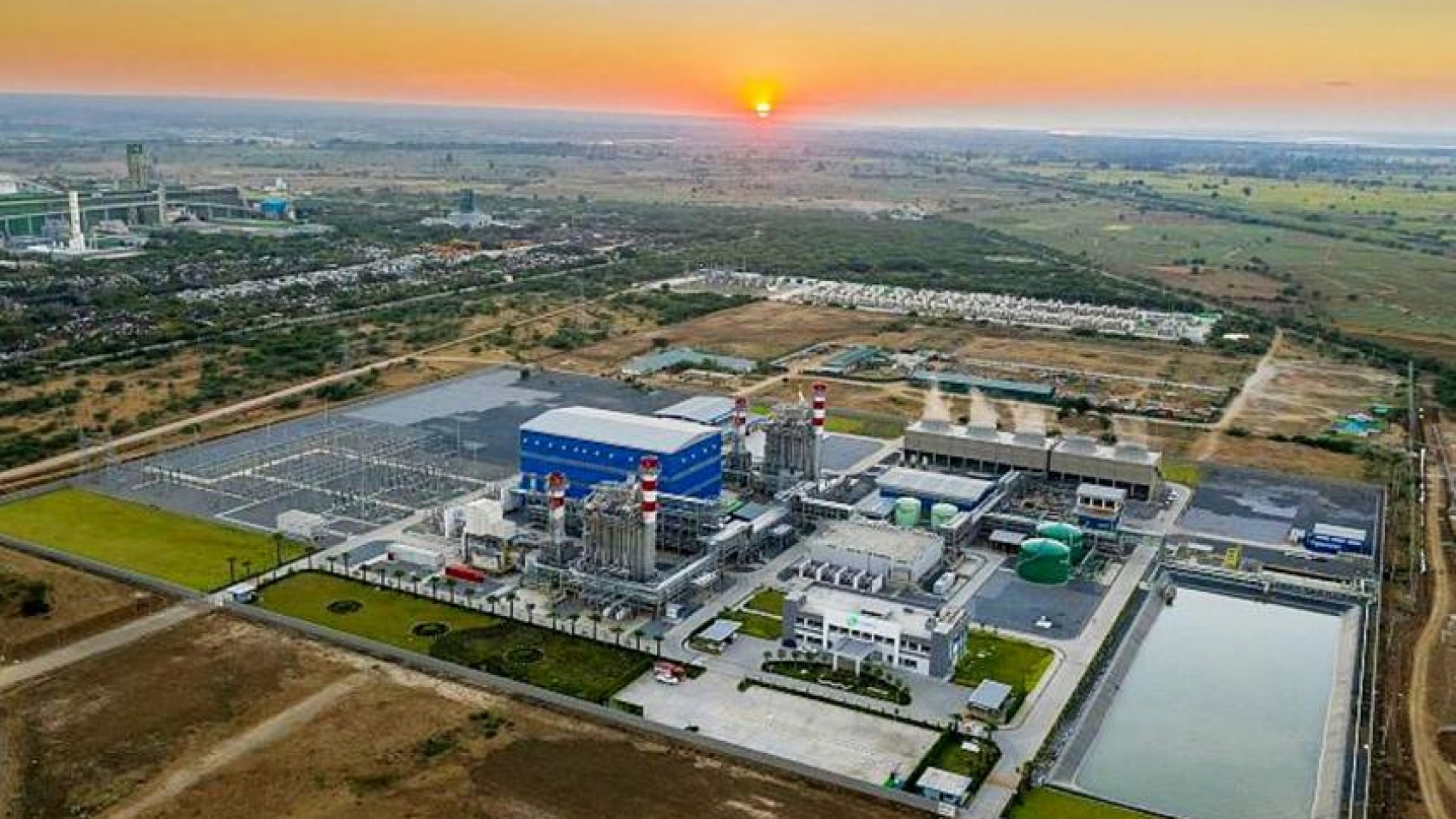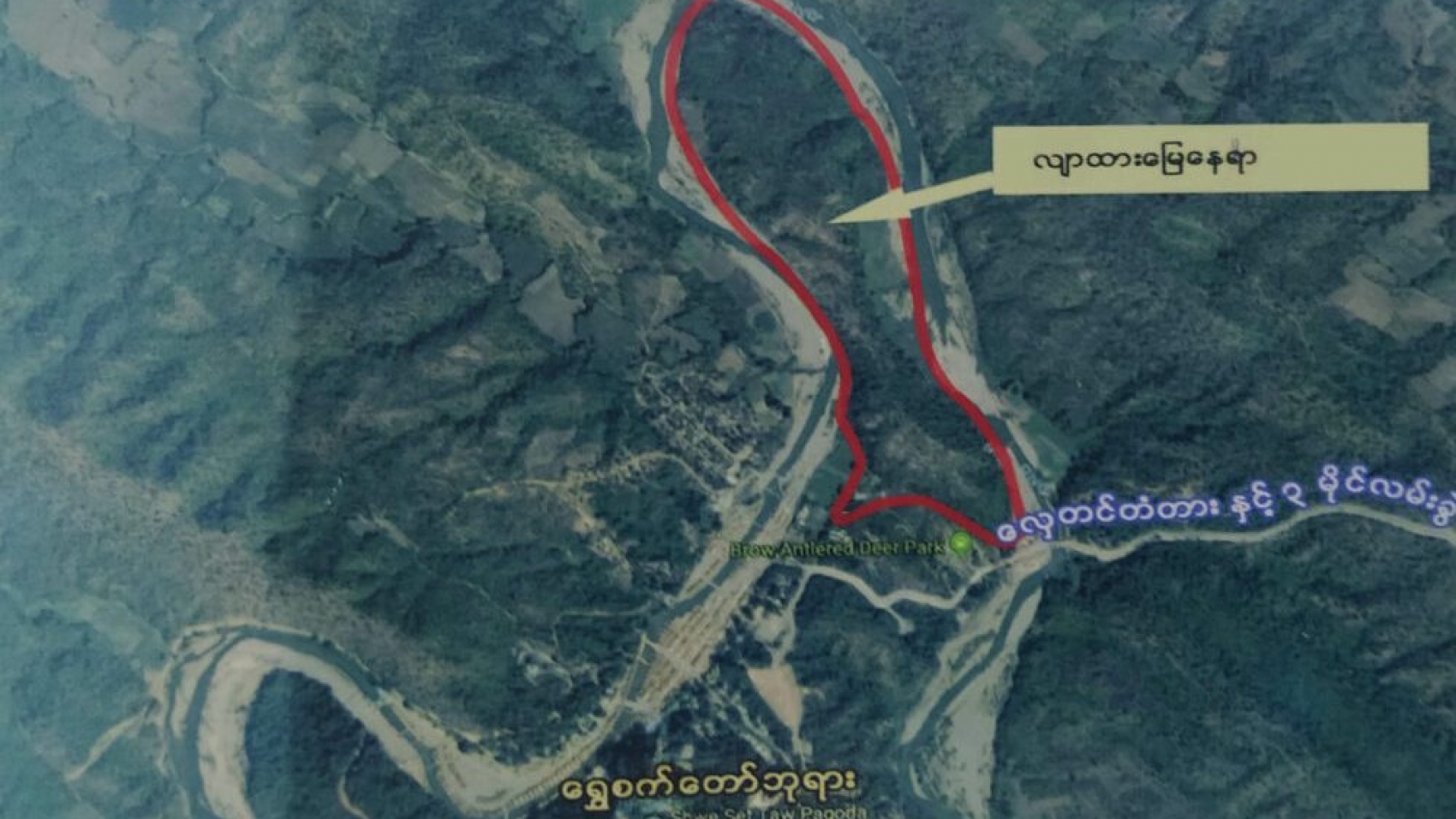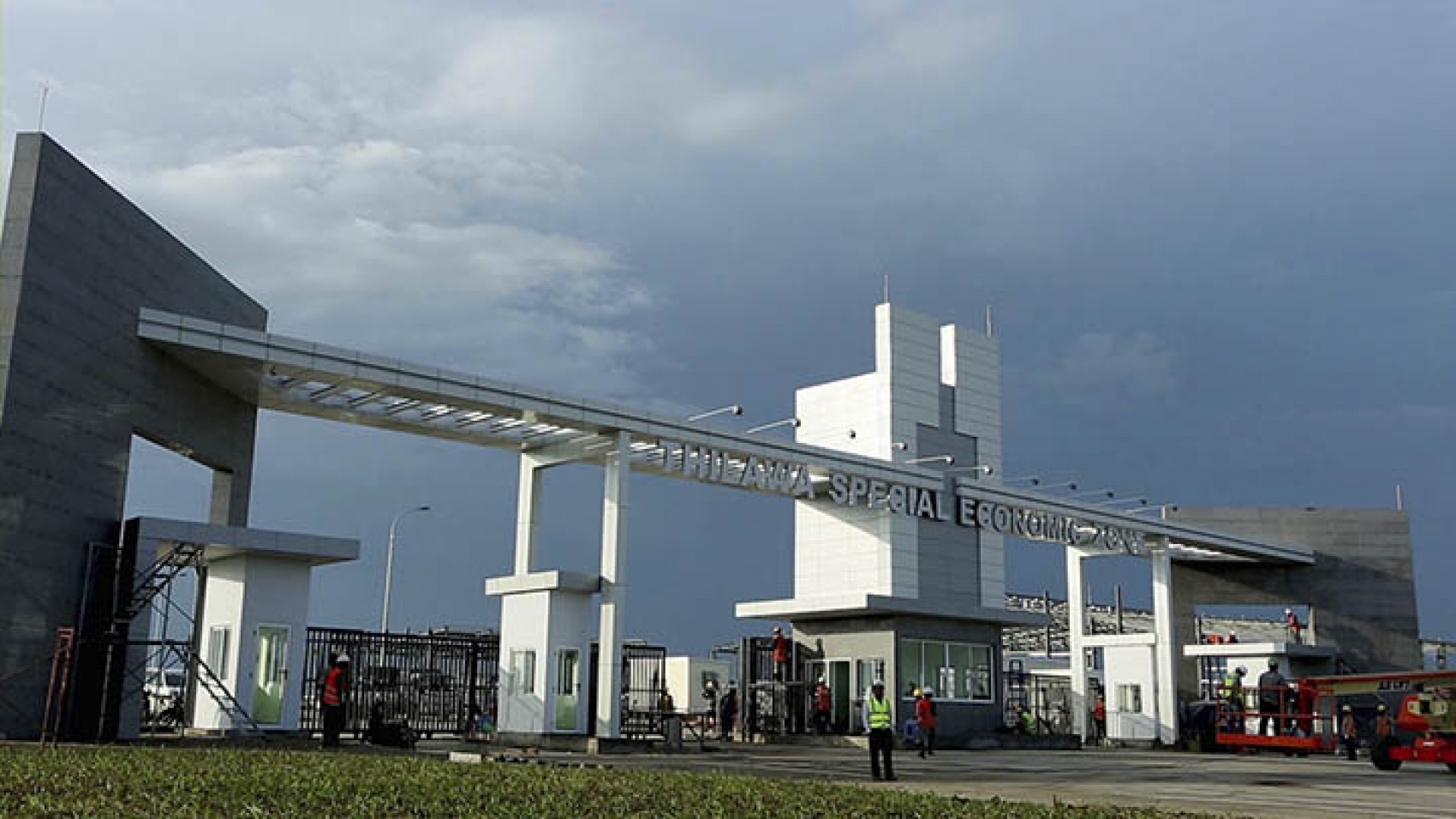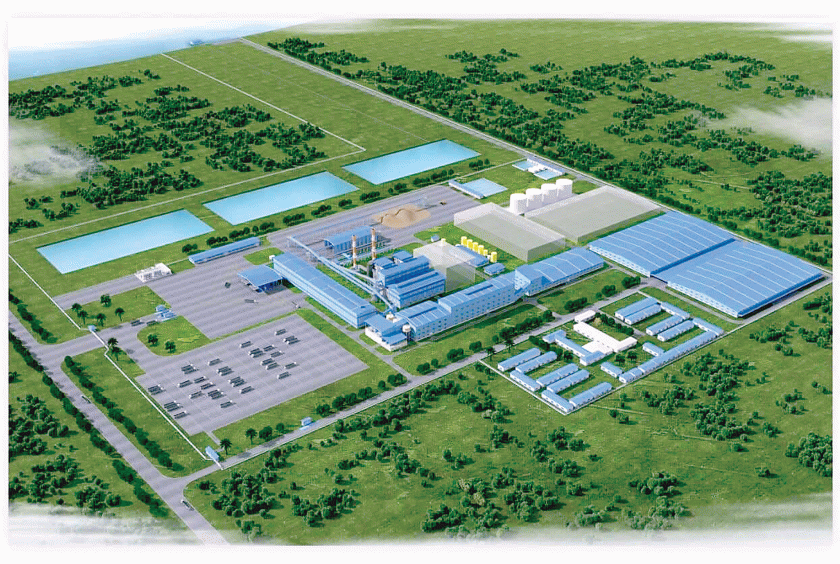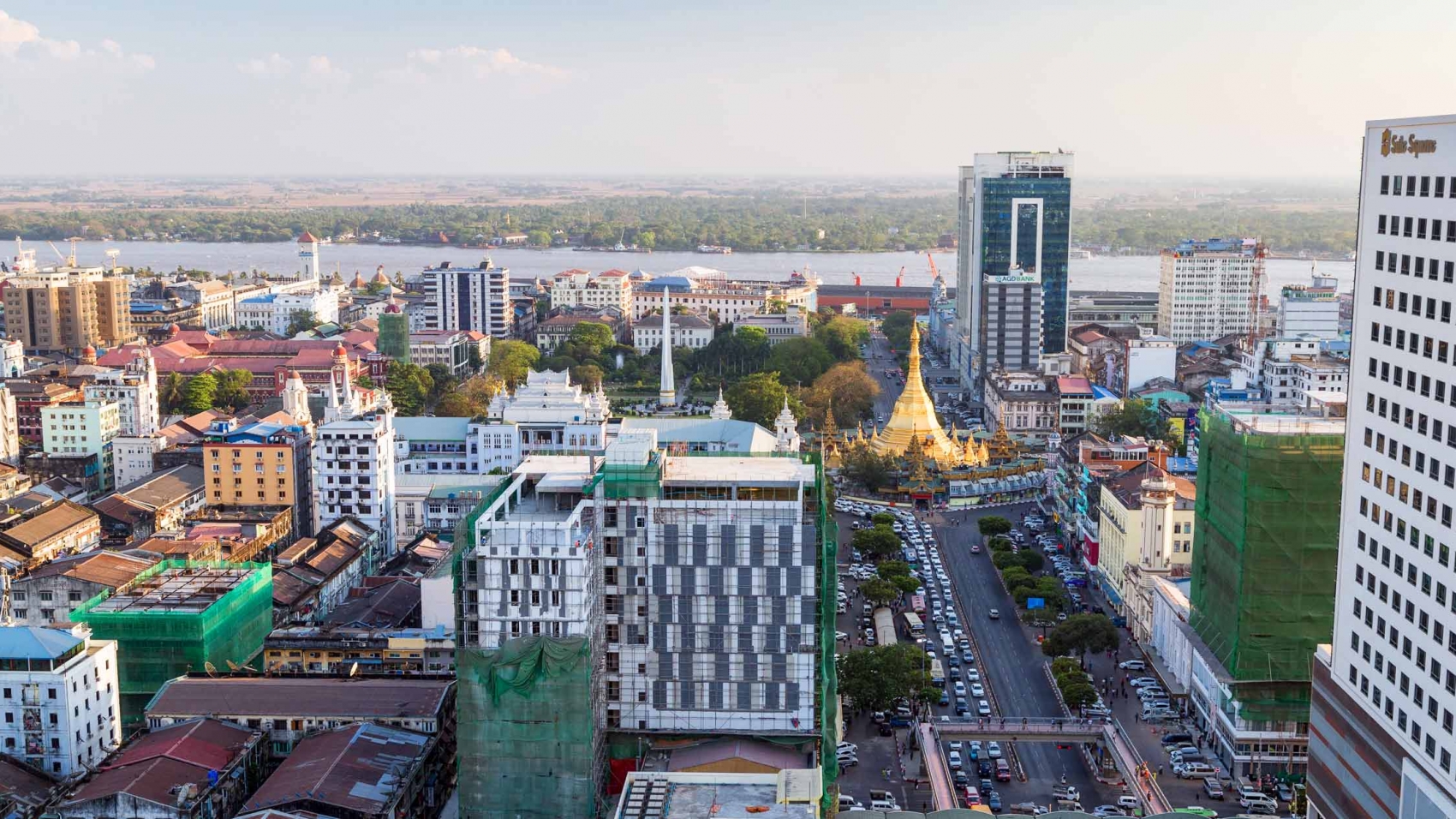Myanmar has drawn foreign direct investment of more than US$1.256 billion in the past seven months of the 2020-2021 financial year, including expansion of capital by existing enterprises and acquisitions in the Thilawa Special Economic Zone, according to the Directorate of Investment and Company Administration (DICA). MIC intends to reach an FDI target of $5.8 billion for the current FY2020-2021. The Ministry of Investment and Foreign Economic Relations has been inviting responsible businesses to benefit the country. Myanmar Investment Commission (MIC) ensures to approve the responsible businesses by assessing environmental and social impacts. The commission is working together with the relevant departments to screen the projects.
Japan has been the top source of foreign direct investments into Myanmar over the past seven months of the current FY. It brought in an estimated capital of $518.76 million with three projects, DICA’s statistics indicated. Singapore stood as the second-largest investors this FY with an estimated capital of $388 million from 13 enterprises, followed by China investing $166.75 million in Myanmar. Those enterprises listed from Thailand, India, Japan, Malaysia, Republic of Korea, UK, Viet Nam, Marshall Island, South Africa, Samoa, China, Hong Kong (SAR) and China (Taipei) also made investments this year. MIC and the respective investment committees permitted and endorsed 42 foreign enterprises between 1 October and 30 April in the current FY. Of 42, 21 enterprises pumped FDI into the manufacturing sector.
The power sector received seven projects, and the livestock and fisheries sector attracted five projects. The other service sectors also drew five projects, while the agriculture sector pulled two projects. One foreign enterprise each entered the industrial estate and the hotels and tourism industries. The FDIs stood at $6.9 million from 158 enterprises in the FY2016-2017, $6.119 billion from 234 businesses in the FY2017-2018, $1.94 billion from 89 projects in the 2018 mini-budget year, $4.5 billion from 298 firms in the FY2018-2019 and $5.689 billion from 253 businesses in the FY2019-2020 respectively, the DICA’s data indicated. Those enterprises have created over 96,000 jobs in the FY2016-2017, 110,000 jobs in the FY2017-2018, over 53,000 jobs in the 2018 mini-budget period, over 180,000 jobs in the FY2018-2019 and 210,000 jobs in the FY2019-2020, respectively.
Source: The Global New Light of Myanmar

